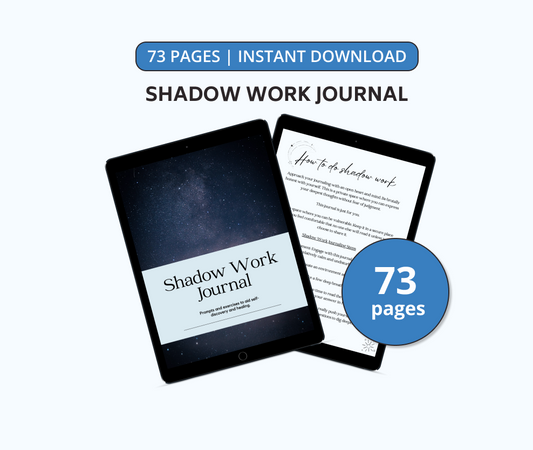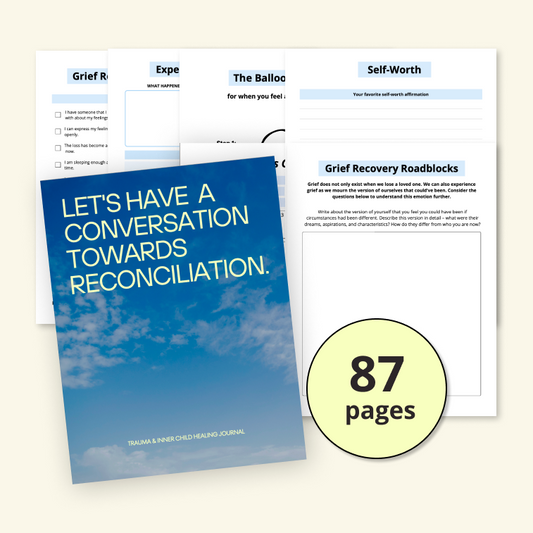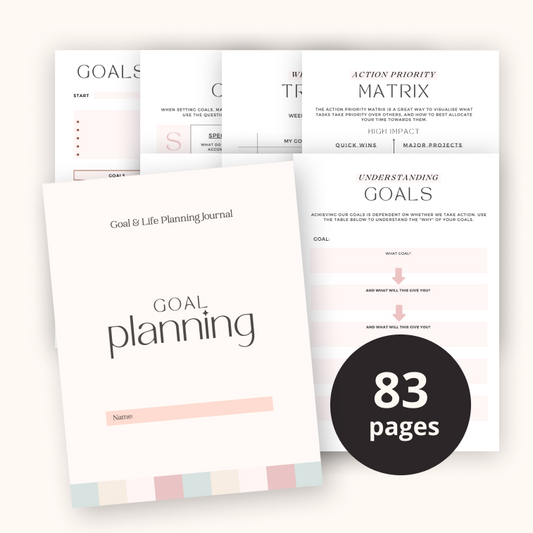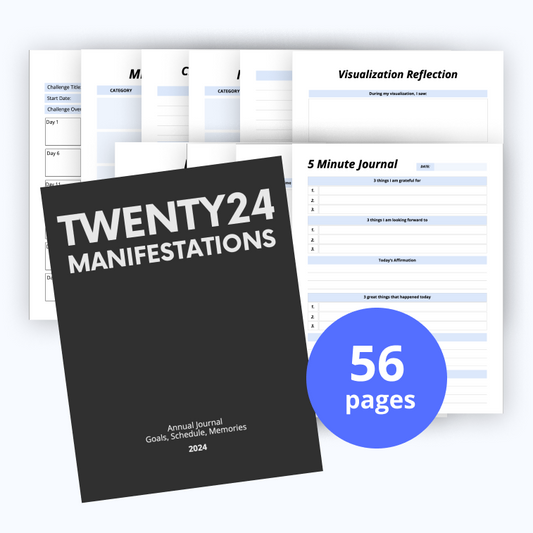Living with panic disorder can feel like you’re exploring a relentless storm, unsure when the next wave might hit.
It’s a journey marked by unexpected challenges, but it’s also one where discovering the right coping strategies can be a beacon of hope.
You’re not alone in this.
Millions are on the same quest, seeking out ways to calm the tempest and find peace amidst the chaos.
Understanding panic disorder is the first step towards reclaiming your life. It’s about recognizing the triggers, the symptoms, and, most importantly, the strategies that can help you manage.
From deep breathing techniques to lifestyle changes, the path to coping is both personal and universal.
Let’s explore these strategies together, equipping you with the tools you need to navigate your journey with confidence and resilience.
Understanding Panic Disorder
Panic Disorder is something that many people battle.
Imagine feeling fine one moment and the next, your body hits the panic button for no apparent reason.
Welcome to the unpredictable world of panic disorder.
What Is Panic Disorder? In simple terms, it’s when you get hit by intense waves of panic attacks that come out of nowhere.
It’s like your body’s own little version of a surprise party, minus the fun and cake.
Symptoms to Watch Out For include heart racing like you’ve just seen a ghost, sweating buckets even though it’s not hot, feeling like you’re choking on invisible cotton candy, and genuinely fearing you’re about to meet your maker.
Sounds dramatic? It feels a hundred times more.
You might wonder, “What triggers these unwanted surprise parties?”
Well, triggers can be sneaky and vary wildly from person to person.
It could be stress, caffeine overdose (yup, your beloved espresso can be a frenemy), seeing or even thinking about a stress-inducing situation, and sometimes, there’s no clear trigger at all.
Your body just decides to throw a panic rave.
The sneaky part?
You could be chilling, minding your own business, and bam! Your brain decides it’s party time.
It’s unpredictable, which makes it all the more challenging to manage.
But, Here’s the Good News: Understanding is the first step towards taming this wild beast.
Recognizing the triggers, symptoms, and acknowledging that, yes, this is a thing, can equip you with the right armor to fight back.
And no, it’s not about "getting over it" or telling it to "just stop." It’s about strategies, lifestyle tweaks, and sometimes, seeking a guide in the form of therapy or support groups.
So, as you sail through the stormy seas of panic disorder, don’t forget, you’re not alone, and it’s okay to ask for directions.
With a bit of strategy, knowledge, and support, you can navigate these waters with more confidence.
And hey, maybe even enjoy the voyage.
Identifying Triggers
Hey there, let’s get straight to the point - figuring out what kicks your panic disorder into high gear.
Think of this as playing detective in your own life.
It’s all about spotting the clues, connecting the dots, and understanding what pushes your panic button.
Common Triggers Include:
- Stressful life events (yeah, those days when everything seems to go wrong)
- Overwhelming situations (like being stuck in a crowd or facing a major deadline)
- Sudden changes in your routine or life
- Specific phobias (heights, flying, spiders? You name it)
- Caffeine or alcohol intake (sadly, your morning coffee or weekend drinks might not be helping)
- Keep a Journal: And we don’t mean just any journal. A guided journal from Wholesome can be a game changer, helping you track your mood, activities, and what happened before a panic attack.
- Look for Patterns: After a few entries, you might start to see a pattern. Maybe it’s lack of sleep, or perhaps it’s when you skip meals.
- Test Your Theory: Once you’ve got a hunch, test it out. Try to reduce or eliminate the trigger and see if there’s a change in your panic attack frequency or intensity.
Don’t forget, everyone’s different. What triggers a panic attack for you might be a walk in the park for someone else.
The key is to know yourself, your body, and your mind. Identifying your personal triggers is the first step in managing your panic disorder.
It empowers you to make changes, avoid certain triggers, and tackle the challenges head-on with strategies that you’ll discover work best for you.
So, now that you’re armed with this info, it’s time to turn those panic-inducing days into something you can manage.
It might not happen overnight, but hey, every step forward is a step in the right direction.
And don’t forget, Wholesome guided journals are here to help you through the journey, making it a bit easier to navigate through those tough days.
Symptoms of Panic Attacks
Ever had that moment where your heart’s racing like it’s trying to win a marathon, and you’re pretty sure it’s not because you saw your crush? That, my friend, could be a panic attack.
But what exactly does a panic attack feel like, and what signs should you look out for?
Let’s break it down, so you’re not left wondering if that extra shot of espresso is to blame.
First off, panic attacks are no joke.
They can hit you out of nowhere, turning an average Tuesday into an adrenaline-fueled frenzy. Imagine feeling an intense wave of fear that sweeps over you without any clear reason.
Not fun, right?
Here are the classic signs that you’re having a panic attack:
- Rapid heartbeat or palpitations: Your heart’s doing the tango in your chest.
- Shortness of breath or feeling smothered: It’s like trying to breathe with an elephant sitting on your chest.
- Trembling or shaking: Not the excited kind you get from winning the lottery.
- Sweating buckets: And not because it’s the middle of July.
- Feeling detached from reality: You might wonder if you’re in a bad dream.
- Nausea: Your stomach’s in knots.
- Hot flashes or chills: Can’t decide if you’re in the Sahara or the Arctic.
- Chest pain: Scary, but it’s not always a heart attack.
- Fear of dying: It gets real deep, real fast.
Okay, so you’ve checked some of these boxes, and now you’re thinking, "What next?"
That’s where Wholesome comes in.
Our guided journals are like that wise, calming friend who’s always got your back. They won’t judge you for stress-eating ice cream at 3 AM.
Instead, they’ll help you track what triggers your panic attacks, understand your feelings, and manage them better.
It’s about finding your calm in the chaos.
Understanding your panic attack symptoms is step one.
Managing them is step two.
And for that, Wholesome guided journals are your go-to. They’re simple, effective, and keep you chuckling along the way.
Trust us, managing panic disorder just got a whole lot friendlier.
Coping Strategies: Deep Breathing Techniques
Feeling like your heart’s racing a mile a minute or that an elephant’s decided to sit on your chest?
Panic attacks aren’t just a wave of worry; they’re the entire ocean. But hey, let’s throw you a lifebuoy - deep breathing techniques.
It’s not just hot air; it’s science.
When panic strikes, your body’s alarm system goes off - hello, fight or flight response!
Your breathing quickens, sending less oxygen to your brain and making you even more panicky. It’s like being on a scary merry-go-round.
So, how do you jump off? Through deep breathing - it’s your off switch to calming that internal alarm.
The 4-7-8 Breathing Trick
Think of it as your panic attack kryptonite. Here’s the lowdown:
- Breathe in through your nose for 4 seconds.
- Hold that breath for 7 seconds.
- Exhale slowly through your mouth for 8 seconds.
This technique isn’t just a random set of numbers; it’s a method proven to relax your nervous system and bring back some much-needed peace and quiet.
Belly Breathing: Not Just for Babies
Ever watch a baby sleep? They’ve got the whole breathing thing down. Time for you to take a leaf out of their book:
- Place one hand on your chest and the other on your belly.
- Breathe in deeply through your nose, ensuring your diaphragm inflates enough to create a stretch in your lungs.
- Slowly exhale.
Forget chest breathing; belly breathing is where it’s at for calming those nerves.
Visual Breathing: Picture Peace
Here’s another cool trick – visualize your calm. It’s like daydreaming with benefits:
- Close your eyes, and imagine a serene place – maybe a quiet beach or a path through a lush forest.
- With each inhale, picture a wave of calm washing over you.
- With each exhale, imagine stress leaving your body.
Coupled with deep breathing, this can be a powerful tool to dial down the panic.
Lifestyle Changes for Managing Panic Disorder
Adopting lifestyle changes can significantly help in managing panic disorder.
The journey is not just about coping when panic strikes; it’s about building a foundation that makes you less vulnerable in the first place.
Here’s how you can get started on this path:
Exercise Regularly
You’ve heard it a million times, but here’s the million-and-first: exercise is a wonder drug.
Regular physical activity can help reduce the frequency and intensity of panic attacks. Aim for at least 30 minutes of heart-pumping exercise most days of the week.
Whether it’s a brisk walk, a yoga session, or a dance-off in your living room, find what makes you feel good and stick with it.
Maintain a Balanced Diet
What you eat affects how you feel. Consuming balanced meals can stabilize your mood and energy levels, reducing the likelihood of panic episodes.
Steer clear of stimulants like caffeine and sugar, which can amplify anxiety.
Instead, fill your plate with fruits, vegetables, lean proteins, and whole grains.
Prioritize Sleep
Never underestimate the power of a good night’s sleep.
Lack of sleep can increase anxiety, setting the stage for panic attacks. Aim for 7-9 hours of sleep per night.
Create a relaxing bedtime routine and keep your bedroom cool, dark, and gadget-free to improve sleep quality.
Limit Alcohol and Caffeine
It might seem like alcohol calms your nerves, but it can actually trigger or worsen panic attacks.
The same goes for caffeine.
Cutting back or eliminating these substances can make a big difference in managing your panic disorder.
Practice Relaxation Techniques
Incorporate relaxation techniques into your daily routine.
Meditation, deep-breathing exercises, or guided imagery can help keep panic at bay by promoting relaxation and reducing stress.
Social Support
Don’t go it alone. Lean on friends and family for support, or consider joining a support group for individuals with panic disorder.
Sharing your experiences and coping strategies can provide comfort and valuable insights.
These lifestyle changes can create a robust buffer against panic disorder.
Take it one step at a time, and don’t forget, you’re not just surviving — you’re thriving.
Next Steps
Adopting these lifestyle changes can significantly empower you in your journey to manage panic disorder.
Don’t forget, it’s not just about avoiding panic attacks but building a life where you can thrive even though them. By incorporating regular exercise, a balanced diet, adequate sleep, and limiting certain substances, you’re setting a strong foundation.
Don’t underestimate the power of relaxation techniques and the value of a supportive social network.
These changes won’t happen overnight, but with persistence, you’ll notice a profound difference in how you cope with panic disorder.
You’ve got this.




